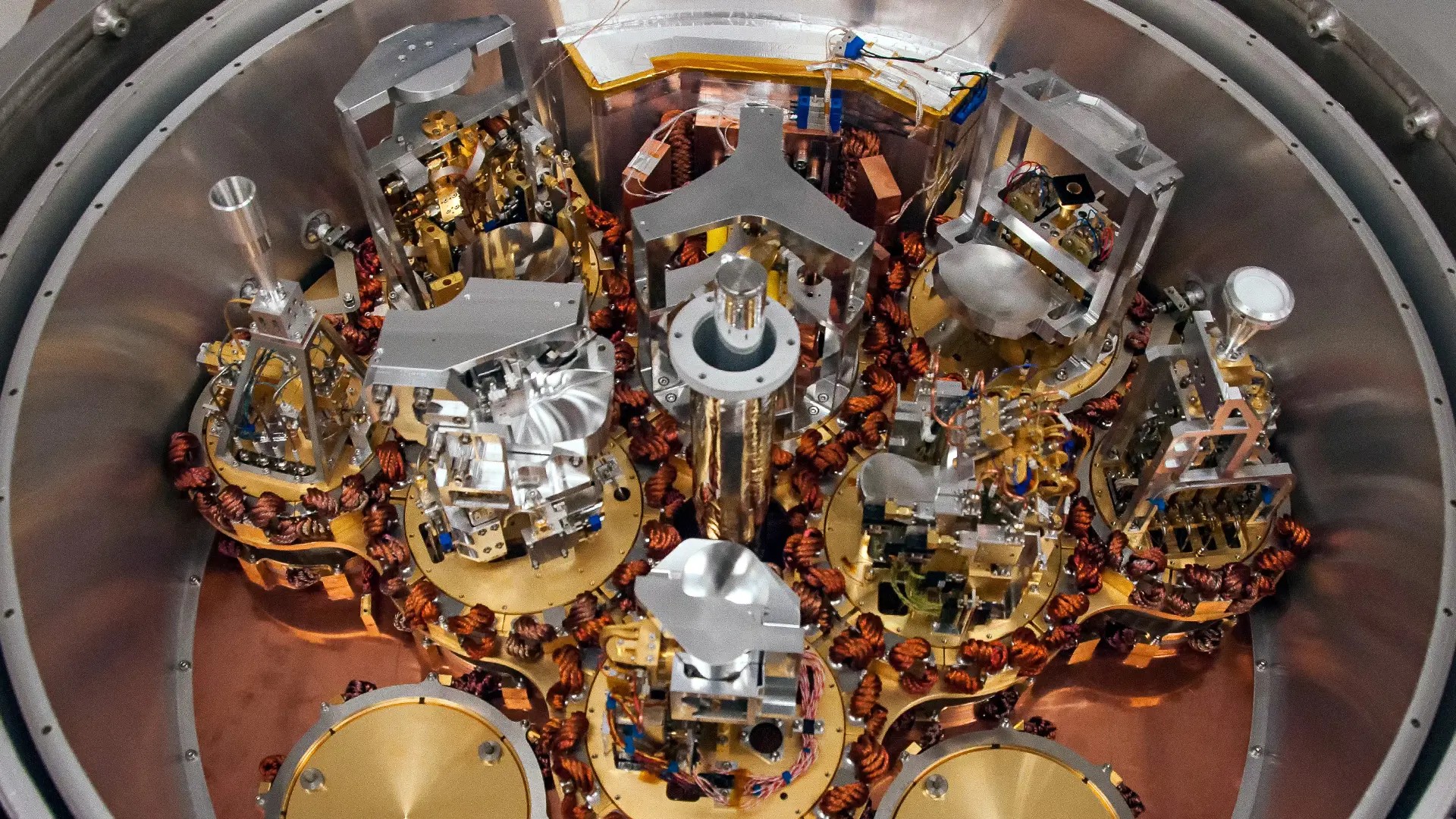Advances in telescope technology are revolutionising how interconnected radio antennas explore the invisible universe. The European Commission has granted 10 million euros to a new international project that develops new ways to capture, process and analyze the sky's radio signals. Chalmers has a key role in the project in which science infrastructures and industry will work together.

International press release from JIVE, the Joint Institute for VLBI ERIC (ERIC = European Research Infrastructure Consortium).
“Radio telescopes offer incredible opportunities to discover how our universe has evolved, and to understand the origins of stars, planets, and of life. They also provide access to objects like black holes and neutron stars, where even our understanding of the laws of nature are challenged. This is big, exciting science, which involves major technical challenges. That's what this project will tackle”, says John Conway, professor in radio astronomy at Chalmers and director of Onsala Space Observatory
The Radioblocks project is coordinated by the European consortium JIV-ERIC, of which Chalmers and Onsala Space Observatory have long been members. Together with industrial partners, European research infrastructures in radio astronomy will develop technical solutions that will enable new discoveries in astronomy and fundamental physics. The project starts on 1 March 2023.
Radioblocks will take a holistic view of how radio telescopes arrays capture, process, synthesise and analyse cosmic signals and will develop components, technologies and software, applicable to a wide range of instruments, to enable the next major discoveries in radio astronomy.
New ware, both hard and soft
The project, aims to achieve a maximal boost for the major world-leading research infrastructures in radio astronomy by developing common components, for example efficiently exploit powerful new commercially available accelerator hardware (GPUs), new phased array receivers for large single-dish radio telescopes, as well as new software to simulate and process extremely large amounts of data.
Victor Belitsky leads GARD, the research group for advanced receiver technology at Onsala Space Observatory and Chalmers, a member of the project.
“We at GARD bring with us experience in building receivers for the world's leading radio telescope projects, such as ALMA and APEX. Now, together with European colleagues, we will be able to research and develop world-class receivers for terahertz signals, improving the performance of each individual part of the receiver and achieving performance limited by fundamental physics itself rather than technology”, he says.
"The project Radioblocks collects the experience and common interests of the radio astronomy community in Europe at large, including several other global parties and industry. For the first time, all will work together to develop the technologies that are necessary for the future evolution of their facilities. This is a paradigm shift, mostly facilitated by the European Commission's Horizon Europe programme", says Dr. Francisco Colomer, director of JIV-ERIC and coordinator of Radioblocks.
The four-year Radioblocks project - funded by the Horizon Europe Framework Programme -
involves 33 major European research infrastructures for radio astronomy, together with partners from industry and academia from nine EU countries, Japan, Republic of Korea, South Africa, and the United Kingdom. The engagement with industry to co-develop advanced technologies will increase the partners’ technological levels and strengthen their market positions.

Photographer: Johan Bodell
More info on the project
The European research infrastructures involved are the Joint Institute for VLBI ERIC (JIV-ERIC) and the European VLBI Network (EVN), the Multi Element Remotely Linked Interferometer Network (eMERLIN), the LOw Frequency ARray (LOFAR/ILT, soon to become LOFAR ERIC), the Northern Extended Millimetre Array (NOEMA), the 100-metre Effelsberg Telescope, the Sardinia 64-m radio telescope, the Yebes 40-metre telescope, the IRAM 30-metre Telescope and also global facilities of European interest, such as the Square Kilometre Array Observatory (SKAO, an ESFRI landmark), the Atacama Large Millimetre Array (ALMA), the Global Millimetre VLBI Array (GMVA), and the Event Horizon Telescope (EHT).
A complete list of the readioblocks Consortium members is available on the JIVE website.
The Joint Institute for VLBI ERIC (JIVE) has as its primary mission to operate and develop the EVN data processor, a powerful supercomputer that combines the signals from radio telescopes located across the planet. Founded in 1993, JIVE is since 2015 a European Research Infrastructure Consortium (ERIC) with seven member countries: France, Italy, Latvia, the Netherlands, United Kingdom, Spain and Sweden; additional support is received from partner institutes in China, Germany and South Africa. JIVE is hosted at the offices of the Netherlands Institute for Radio Astronomy (ASTRON) in the Netherlands.
Contact

- Communications Officer, Onsala Space Observatory, Space, Earth and Environment

- Full Professor, Onsala Space Observatory, Space, Earth and Environment